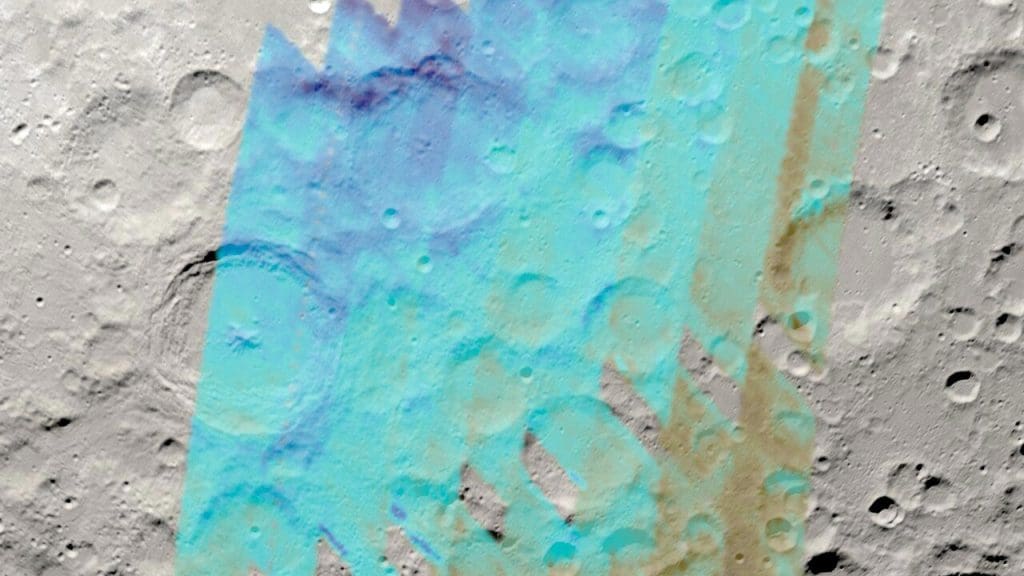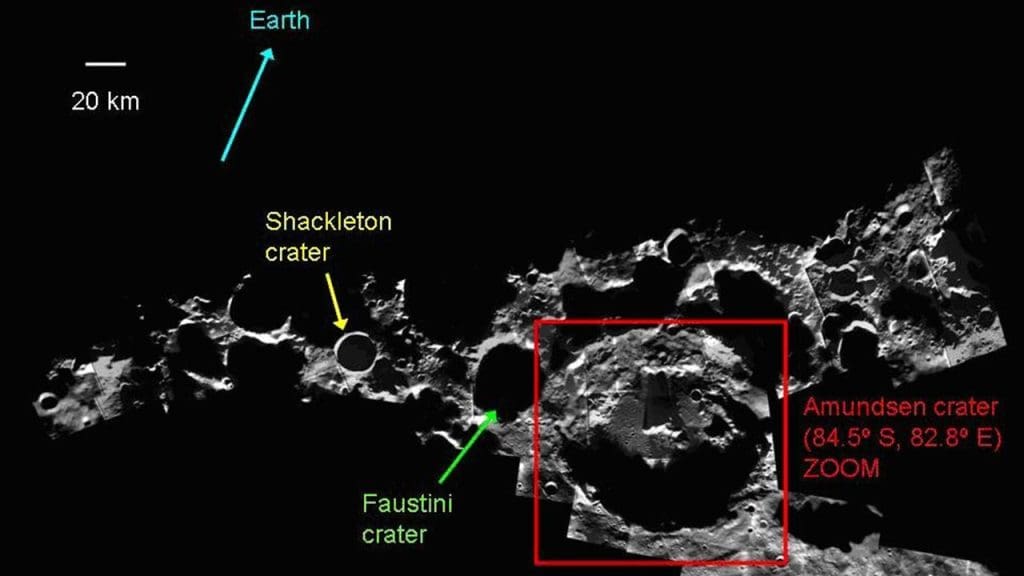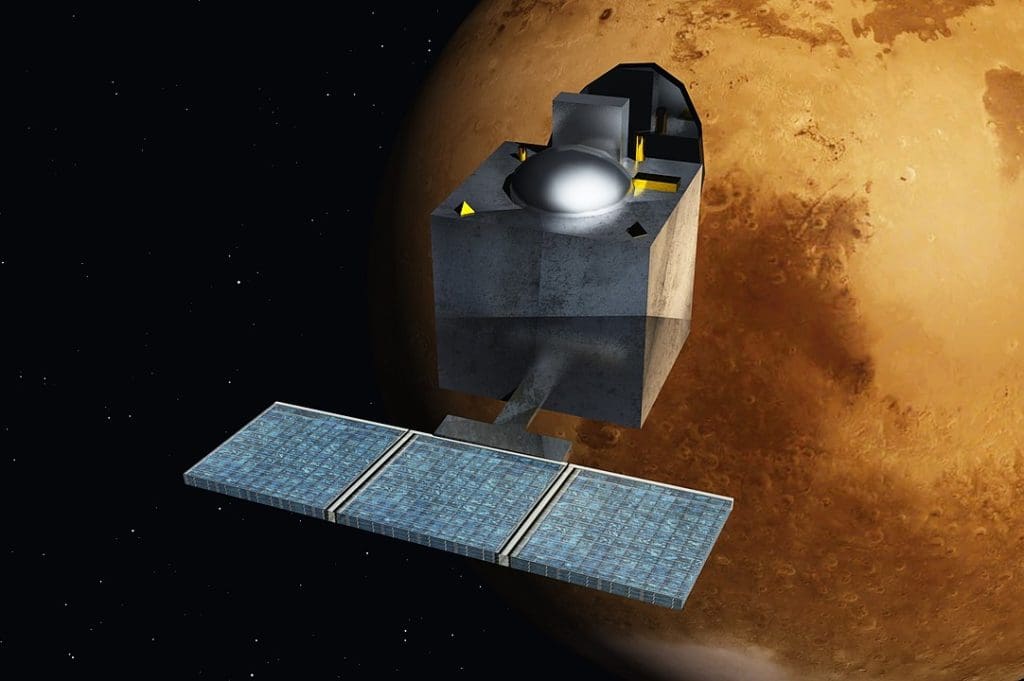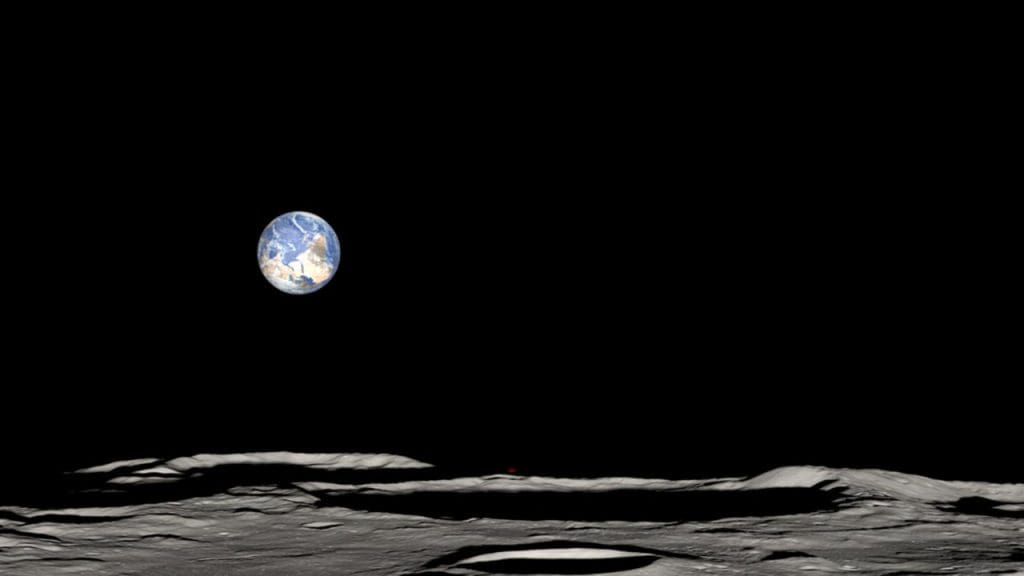
The Moon’s South Pole has recently become the focal point of scientific interest, drawing attention from space agencies and researchers alike. This sudden obsession is fueled by potential discoveries that could revolutionize our understanding of the Moon and provide resources crucial for future space exploration. Why is the South Pole captivating the scientific community, and what does it mean for the future of lunar exploration?
Importance of the Moon’s South Pole

Water Ice Reserves
The discovery of water ice in the Moon’s permanently shadowed craters is a significant development for space exploration. These reserves, likely trapped in the frigid darkness for billions of years, could provide a sustainable source of water for future lunar missions. This is not just about drinking water; the hydrogen and oxygen from water molecules can potentially be used to produce fuel, thereby supporting prolonged human presence and activities on the Moon. For more on the implications of these discoveries, you can read about the potential of water ice on various space missions.
Unique Geological Features
The Moon’s South Pole offers a unique geological landscape that remains largely unexplored. This terrain could provide critical insights into the Moon’s history and the processes that have shaped its surface over time. By studying these areas, scientists hope to unlock secrets about the early solar system, as the Moon serves as a relatively untouched archive of cosmic history. The potential for groundbreaking discoveries in lunar geology is immense, and these could fundamentally alter our understanding of the Moon’s formation and evolution.
Technological Advances Enabling Exploration

Improved Spacecraft and Instruments
Recent advancements in spacecraft technology have made it possible to explore the Moon’s South Pole with unprecedented precision. Innovations in landing systems and remote sensing instruments are enabling missions to safely reach and study these challenging terrains. These technologies are crucial for gathering high-resolution data, which will help researchers map the region’s resources and geological features in detail. Such advancements are pivotal for the success of current and future lunar missions.
International Collaboration
The exploration of the Moon’s South Pole is not just a solo endeavor; it is becoming a collaborative effort involving multiple space agencies. Partnerships are forming to share resources, expertise, and costs, paving the way for joint missions that can comprehensively explore this promising region. This global approach is essential for maximizing the potential of lunar exploration and fostering a spirit of international cooperation. By working together, countries can achieve more than they would individually, setting the stage for a new era of space exploration.
Strategic Importance for Future Missions

Gateway to Deep Space
The Moon’s South Pole holds strategic value as a potential launchpad for missions to Mars and beyond. Its location and resources make it an ideal staging area for long-duration space missions, providing a platform from which spacecraft can refuel and prepare for journeys deeper into the solar system. Establishing a base here could significantly reduce the costs and logistical challenges of interplanetary travel, making it a key component in humanity’s quest to explore and inhabit other worlds.
Economic and Political Implications
The race to explore and utilize the Moon’s resources is also driven by economic and political factors. Nations are increasingly viewing the Moon as a strategic asset that can enhance their geopolitical standing and technological prowess. The competition for lunar resources could lead to significant developments in space politics, as countries seek to establish their presence and influence in this new frontier. This dynamic underscores the importance of developing international agreements and collaborations to ensure peaceful and sustainable exploration efforts.
Challenges and Risks

Harsh Environmental Conditions
Exploring the Moon’s South Pole comes with significant challenges, primarily due to its harsh environmental conditions. The region experiences extreme temperatures and prolonged periods of darkness, making it difficult for equipment and human explorers to operate effectively. Designing technology that can withstand these conditions is essential for ensuring the success and safety of lunar missions. Navigating the rugged terrain further complicates exploration efforts, demanding innovative solutions and robust engineering.
Ethical and Legal Considerations
As exploration progresses, ethical and legal questions are becoming increasingly prominent. Debates over the rights to lunar resources and the applicability of existing space treaties are intensifying. It is crucial to address these issues to prevent conflicts and ensure responsible stewardship of the Moon’s resources. Sustainable exploration practices must be established to protect the lunar environment and preserve it for future generations. For more insights into these challenges, check out ongoing discussions on lunar exploration ethics.
Future Prospects and Opportunities

Potential for Scientific Discoveries
The Moon’s South Pole holds the potential for significant scientific breakthroughs that could enhance our understanding of the solar system. By studying its unique environment, scientists hope to uncover clues about the history and formation of celestial bodies. Additionally, this research could contribute to astrobiology by exploring the potential for life in extreme conditions, offering insights into the possibilities of life beyond Earth.
Pathway to Human Settlement
The exploration of the Moon’s South Pole is a crucial step toward establishing a sustained human presence on the lunar surface. Developing infrastructure for habitation, resource extraction, and research will be essential for future colonization efforts. By paving the way for human settlement, the South Pole could serve as a stepping stone for further exploration and eventual colonization of the Moon. This endeavor holds promise not only for scientific advancement but also for the long-term survival and expansion of humanity into the cosmos. For more on the potential of polar exploration, you can explore this detailed study on polar exploration.